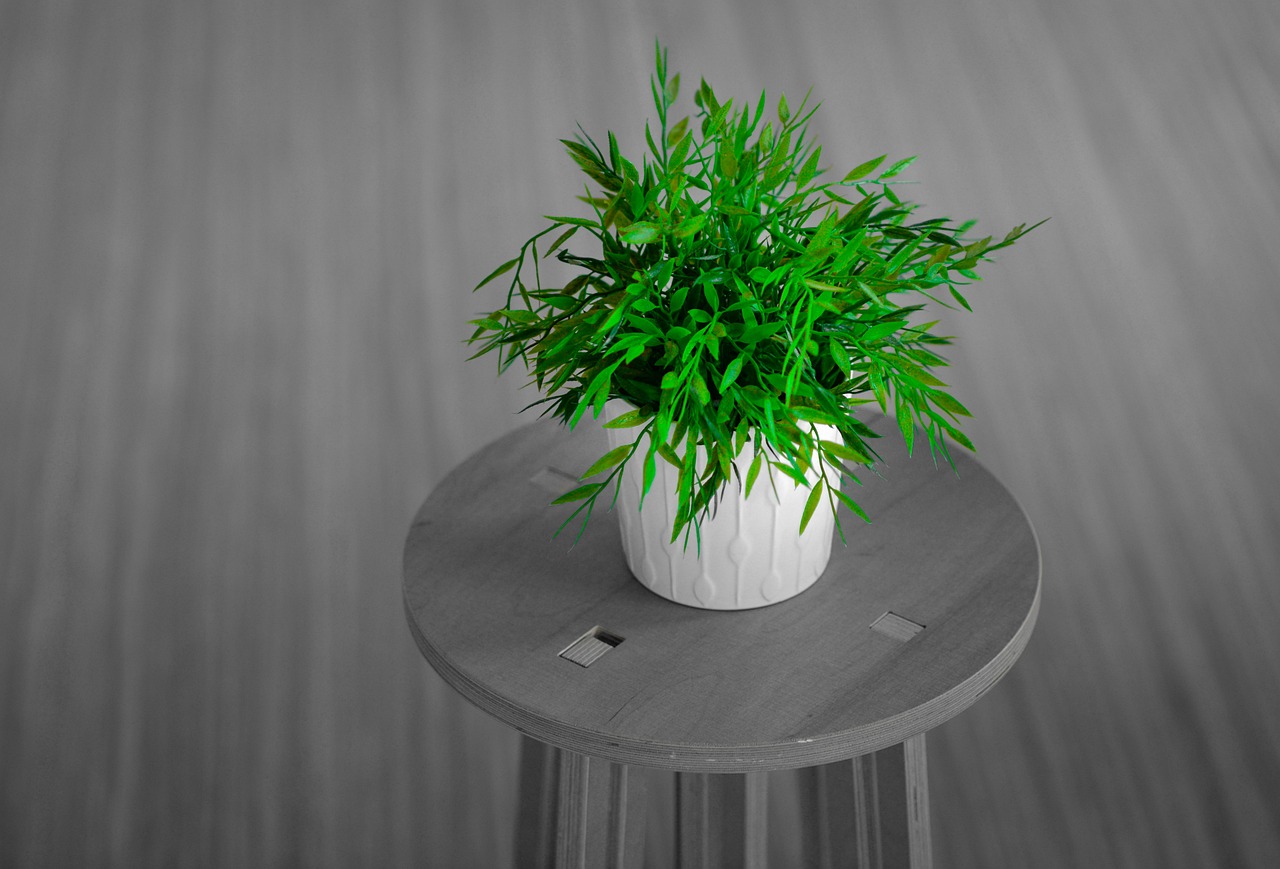The Benefits of Low-Maintenance Landscaping for Busy Homeowners
Implementing a low-maintenance landscaping design can significantly save both time and effort for homeowners. By choosing plants that require minimal care and choosing materials that do not need frequent attention, homeowners can enjoy a beautiful outdoor space without the constant need for upkeep. This can free up time that would otherwise have been spent mowing, weeding, and pruning, allowing individuals to better enjoy their outdoor spaces.
In addition to reducing the time spent on regular maintenance tasks, low-maintenance landscaping can also lead to a more stress-free and enjoyable outdoor environment. With fewer demands for upkeep, homeowners can spend more time relaxing and entertaining in their outdoor spaces rather than constantly tending to them. This not only saves time but also creates a more inviting and tranquil atmosphere that can be enjoyed without the added stress of ongoing maintenance.
Less Need for Regular Maintenance
Transforming your outdoor space into a low-maintenance landscape not only enhances its aesthetic appeal but also significantly reduces the demands for regular upkeep. By strategically selecting native plants and drought-resistant varieties, you can minimize the need for frequent watering, pruning, and fertilizing. The simple design of a low-maintenance garden ensures that maintenance tasks become infrequent, allowing you to spend more time enjoying your outdoor oasis rather than constantly laboring over its upkeep.
Incorporating features like mulch, landscape fabric, and automated irrigation systems further contribute to the reduction of regular maintenance requirements. Mulch helps retain moisture in the soil, suppresses weed growth, and enhances the overall appearance of the garden with minimal effort. Utilizing landscape fabric beneath hardscapes and in-between plants effectively controls weed growth, minimizing the time and effort needed for weeding. Automated irrigation systems ensure that plants receive consistent watering without the need for manual intervention, promoting healthier growth and reducing maintenance tasks associated with hand watering.
Reduced Water Usage
Another significant advantage of low-maintenance landscaping is the reduced water usage it entails. By incorporating drought-resistant plants and efficient irrigation systems, homeowners can significantly decrease their water consumption while still maintaining a lush and appealing outdoor space. This not only helps to conserve water resources but also leads to cost savings on water bills in the long run.
In addition to using water-efficient plants and irrigation methods, strategic landscaping design can further contribute to reducing water usage. Features such as mulching, which helps to retain moisture in the soil and minimize evaporation, can play a crucial role in ensuring that water is utilized efficiently within the landscape. By embracing these sustainable practices, individuals can not only create a beautiful and environmentally friendly outdoor environment but also contribute to the overall conservation of water resources.





